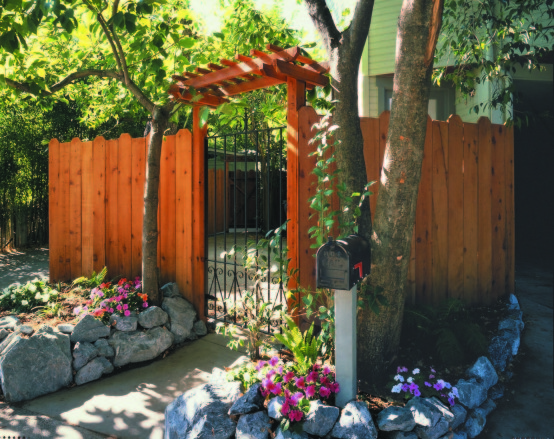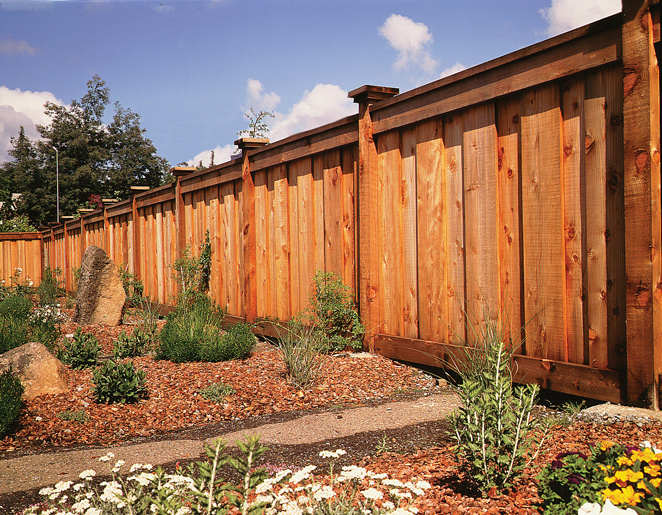 During this unprecedented drought in California and the rest of the Western U.S., water conservation is of critical importance. However, many homeowners still want to maintain an attractive landscape around their homes. One way to do that is by xeriscaping.
During this unprecedented drought in California and the rest of the Western U.S., water conservation is of critical importance. However, many homeowners still want to maintain an attractive landscape around their homes. One way to do that is by xeriscaping.
Xeriscaping can be defined as the environmental design of residential and other areas, including parks, using appropriate methods for minimizing the need for water use. Particularly in dry or drought-prone areas, such as California and the desert southwest, xeriscaping may be required in some communities and municipalities to save valuable water resources. In addition, as city water usage fees continue to climb, xeriscaping can help homeowners save money on their monthly water bills as well.
A few simple changes to your property can be implemented for xeriscaping. Good sun alignment, planting drought-resistant plants, high-quality soil amendments and proper irrigation are some of the ways you can improve your home environment, lower your water bill, and possibly your overall maintenance requirements. Here are some ideas to get you started:
Plan and Design: A good plan for your landscaped area is the best place to start. Create a diagram that includes your home, driveway, any sidewalks, outbuildings, or outdoor decks and patios. Note exisiting trees and plants as well as sun orientation and water sources. With this as a starting place, your xeriscaping plans can be begin to take shape.
Soil Amendments and Plant Selection: If your soil is too sandy or contains too much clay you may be able to use soil amendments to improve your soil for better water retention. If you prefer to leave your soil as it is, seek out specific plants that prefer your particular soil conditions and stick to those. Nurseries and landscape architects can help you find and choose the correct plants for your soil and sun.
Efficient Irrigation: Be sure to irrigate your xeriscaped area in the most efficient manner possible. Watering by hand, using drip lines, or collecting water in rain barrels are all options for ensuring that you do not over-water your landscape. You may also zone turf separately from other plants and use different watering methods for each.
Mulch: Mulch keeps the plant roots cool, prevents soil from crusting, minimizes evaporation and reduces weeds. Redwood mulch is an excellent choice.
Despite its seemingly uncommon name, xeriscaping is an increasingly popular option for beautiful and low-maintenance landscapes. Saving money on your water bill and reducing stress on the environment from overtaxed water resources has never been easier.
Several websites and resources are available if you need additional information:
“Establishing a Water Efficient Landscape”, article from Cal Recycle
“What is Xeriscaping?”, article from the University of Nevada, Las Vegas
